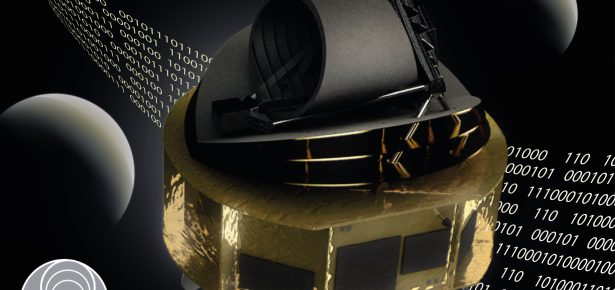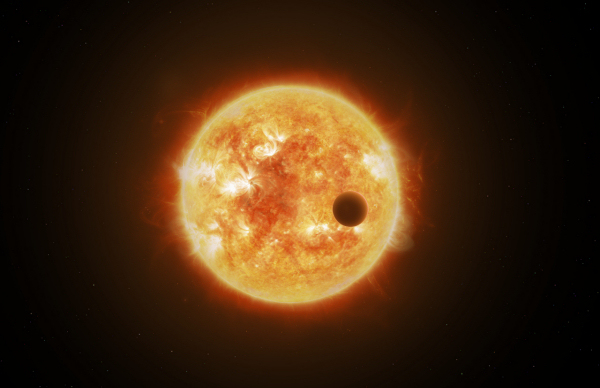
A decision has just been reached that will give an amazing boost to our capacity to search for evidence of extraterrestrial life. On 12th November, member states of the European Space Agency (ESA) signed off on the proposed space telescope called ARIEL, which has thus been given the green light for construction and launch. There are clues about how it will work in its name, though this acronym needs to be decoded carefully, one word at a time, and not necessarily in the sequence in which they appear, which is as follows: Atmospheric Remote-sensing Infrared Exoplanet Large-survey (with ‘telescope’ being implicit at the end).
Let’s start with ‘Exoplanet’. Forget about life in the solar system, there probably isn’t any beyond Earth. That recent finding of phosphine gas on Venus was interesting, for sure. But the explanation for its presence there is almost certainly non-biological. The place to look for life is on exoplanets – planets orbiting stars other than our own Sun, of which we now know about more than 4000. ARIEL will look at a significant fraction of these – about 1000. That large number explains the terminal phrase on which the acronym is based, namely ‘Large-survey’.

We now turn to ‘Atmospheric’. Humanity’s greatest hope for finding strong evidence for extra-terrestrial life lies in the analysis of their atmospheres, and in particular the detection of gases that can be considered as biosignatures, notably oxygen, and its derivative ozone. These signatures can be found in the visible and infrared sections of the electromagnetic spectrum. For example, there is a prominent ‘oxygen band’, where this gas absorbs strongly, at a wavelength of about 760 nanometres, just into the infra-red section, approaching from its visible end; hence the ‘Infrared’.
That just leaves a single phrase contributing to the ARIEL acronym unexplained: ‘Remote-sensing’. This is actually almost self-explanatory. For planets within our solar system, Mars for example, we can either obtain information on them by physical contact (e.g. the Curiosity rover) or remotely, via telescopic means. For exoplanets, there is no choice: with current technology, only remote sensing is possible. There is a fascinating plan to send tiny spacecraft (‘nano-craft’) to the nearest exoplanet of all, Proxima b, but this ambitious plan (Breakthrough Starshot), will not reach fruition for at least two decades.
So, here’s what’s so exciting about ARIEL, which is now scheduled to launch in 2029. It just might be the space telescope that detects our first evidence of life beyond the Earth. If it does so, it will be the one to prove that the Biological Universe is not restricted to our home planet. In the end, this universe of life may turn out to include trillions of planets, spread across countless galaxies. Discovering its full extent is an exciting but distant goal for humanity, and we must proceed one step at a time. ARIEL may be the first step.
Latest Comments
Have your say!